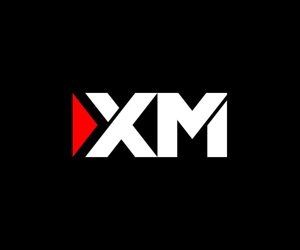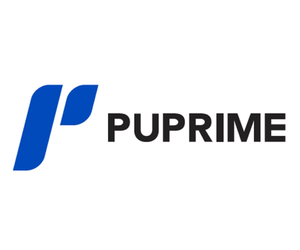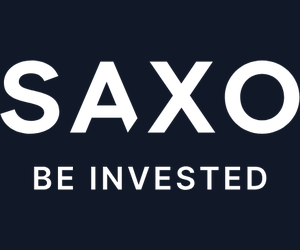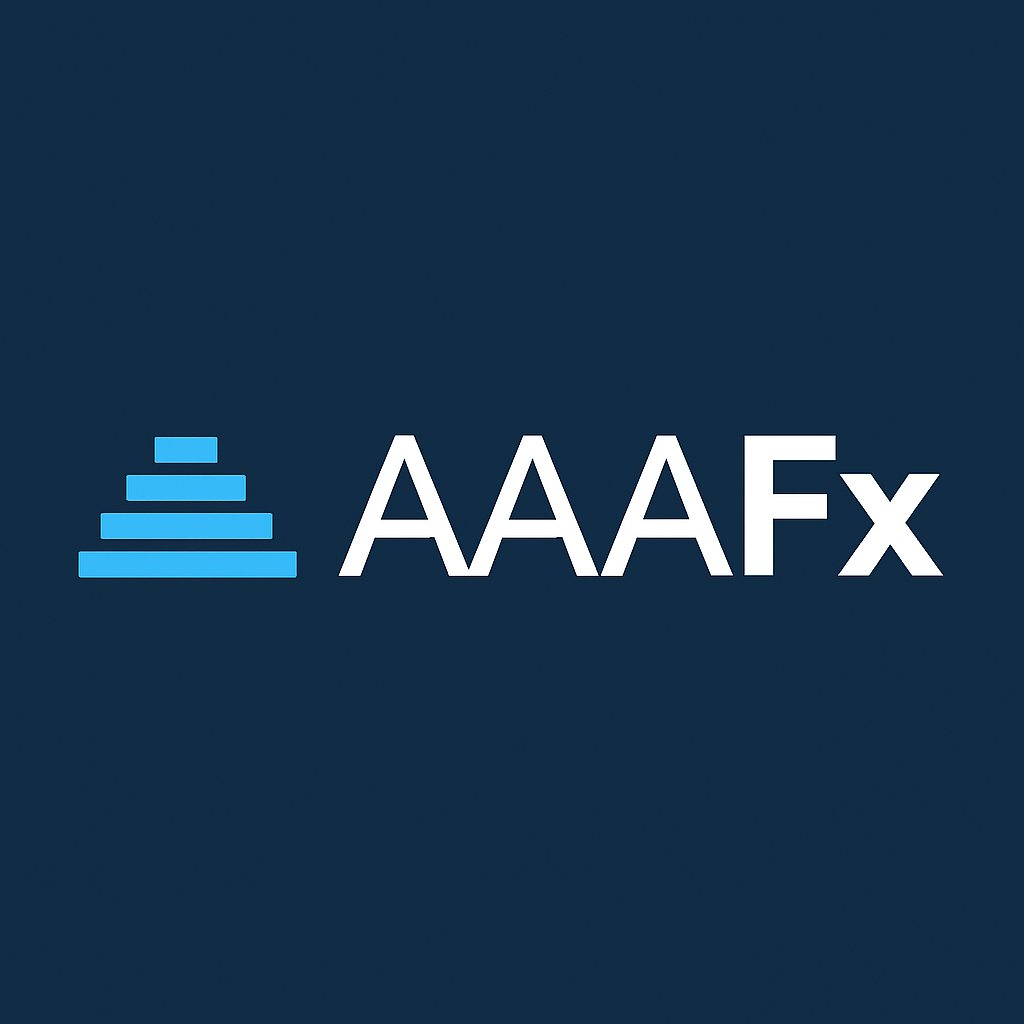Saxo Capital Markets sits inside the Saxo Group, the Copenhagen-based bank behind the SaxoTraderGO and SaxoTraderPRO platforms. The group’s pitch is simple: one login, thousands of instruments, bank-grade oversight. For beginners and casual investors, that combination is attractive. Yet price details, platform depth, and the way different local entities operate matter just as much. This review explains what Saxo is, who regulates it, how it protects clients, what users say, and where it shines or falls short. We end with our score and classification, based on the methodology below.
Saxo earns our Silver band. It clears the highest bar on regulation. It also offers a polished platform and broad market access. However, we see limited public execution statistics and a mixed pattern in client sentiment across regions. Those points keep it short of Gold. Still, if you value strong regulatory cover and a single platform for stocks, FX, and CFDs, Saxo stays on a short list.
Regulation & Safety
Who regulates Saxo?
Saxo operates through several licensed entities under the parent Saxo Bank A/S, a Danish bank supervised by Finanstilsynet (Danish FSA) since receiving a banking license in 2001.
Key client-facing entities include:
- United Kingdom — Saxo Capital Markets UK Ltd. FCA-authorised, FRN 551422. Registered address: 26/F, 40 Bank Street, London E14 5DA. The UK website repeats these details.
- Singapore — Saxo Capital Markets Pte. Ltd. MAS-authorised Capital Markets Services licensee (Company Reg. No. 200601141M). MAS’ own directory lists the firm and address at CapitaSpring.
- Australia — The Australian arm now trades under Totality Wealth Limited (formerly Saxo Capital Markets (Australia) Limited) with AFSL 280372 (ABN 32 110 128 286). Saxo’s pages and the local site confirm the AFSL and the name change.
How strong are these regulators?
Under our tiering, the FCA (UK), MAS (Singapore), and ASIC (Australia) are Tier-1 regulators. They meet all Four Floor Tests in our methodology and impose clear retail protections. ESMA rules, adopted in the UK, cap leverage, trigger margin close-outs at 50% of required margin, and mandate negative balance protection for retail CFD accounts. ASIC’s product-intervention order imposes similar leverage caps and protections in Australia. Singapore caps retail FX leverage at 20:1.
Client-money segregation and safeguards
- In the UK, CASS rules require firms to segregate client money and safeguard assets, creating ring-fencing in insolvency.
- In Australia, RG 212 sets client-money handling standards and reporting for OTC derivatives issuers.
- In Singapore, MAS rules require licensed firms to maintain trust accounts and segregate customer assets.
Negative balance protection (NBP)
Retail clients under UK/EEA rules have NBP. Saxo’s help resources reflect ESMA-style protections (margin close-out and NBP for retail CFDs). Do note: professional-classified clients do not get NBP. Saxo’s UK materials state that explicitly for Pro accounts.
Our view on safety
Saxo’s structure is a plus: a fully licensed bank at the parent level and Tier-1 oversight across major booking centers. That puts it at the top of the regulatory spectrum. The Australian rebrand to Totality Wealth Limited (same AFSL) is operationally noteworthy but doesn’t weaken licensing.
Trader Reputation & Market Presence
Platforms and access
Saxo offers its own platforms—SaxoTraderGO (web/mobile) and SaxoTraderPRO (desktop)—covering a wide product set and including deep charting and useful order types. Independent reviewers consistently praise usability and feature breadth.
Client sentiment
Trustpilot pages tied to Saxo show mixed but generally positive themes: helpful support staff, efficient onboarding, but also scattered complaints that vary by region and product. Because crowd reviews can be gamed, we look at patterns, not single posts. The pattern: customer service quality often scores well; friction points arise around fees and process clarity.
Common positives we observed
- Polished interface and strong research tools.
- Wide instrument list with one account. (Saxo advertises “over 70k instruments” on some regional pages; availability varies.)
- No inactivity fee and no minimum funding for standard individual accounts in many regions. (Higher tiers require larger deposits.)
Recurring negatives
- Price complexity. Saxo publishes detailed schedules for commissions, custody, financing, and currency conversion (often 0.25% around mid). Newer investors may find the matrix dense.
- Custody fees exist in some regions/products, though the trend—especially in parts of Europe—has been toward reductions or removals for retail. Always check your local schedule.
- Execution transparency. Like most multi-asset brokers, Saxo no longer publishes UK RTS-27/28 reports (the UK removed these obligations). That limits hard, comparable execution metrics in the public domain.
Regulatory actions or interventions
- In 2023, ASIC issued interim stop orders on certain Saxo Australia TMDs (target market determinations). Saxo amended the TMDs within two days; ASIC revoked the orders. This was about disclosure/targeting, not capital or client-money failures.
Overall, Saxo’s market reputation is that of a serious, bank-owned broker with professional-grade tools. Client feedback tilts positive but flags fees and communications as areas to watch.
Strengths & Weaknesses
Strengths
- Top-tier regulation: FCA, MAS, ASIC; parent is a licensed bank under Danish FSA.
- Retail protections where applicable: leverage caps, 50% margin close-out, and negative balance protection (not for professionals).
- Proprietary platforms with clean design and robust tools (GO and PRO).
- Breadth of markets: FX, stocks/ETFs, CFDs, options, futures, bonds—within one ecosystem.
- No inactivity fee and no minimum funding for standard individual accounts in many regions; clear tiering for lower pricing as balances grow.
Weaknesses
- Fee complexity and potential custody/financing costs depending on region; 0.25% currency conversion adds up for frequent cross-currency trading.
- Execution data opacity: limited public, comparable metrics post-RTS-27/28 removal in the UK; Saxo has an execution policy but fewer audited stats visible.
- Regional differences (e.g., Australia brand change to Totality Wealth Limited, same AFSL). Clients should confirm which entity holds their account and which rulebook applies.
Overall Verdict
Saxo Capital Markets earns a Silver Standard rating under our methodology. The regulatory foundation is a standout: Saxo Bank A/S holds a Danish banking license, while UK, Singapore, and Australia book clients under Tier-1 regulators with proven retail controls. Segregation of client money and retail safeguards are not just policy—they are built into the UK/MAS/ASIC rulebooks that govern Saxo’s entities.
Where Saxo falls short of Gold is execution transparency and pricing complexity. We did not find granular, audited speed, slippage, and rejection statistics across regions in 2024–2025. UK firms no longer need to publish RTS-27/28, which reduces visibility. Fees are competitive for active clients, but newcomers may find the fine print dense, especially around financing and conversions.
Who is Saxo best for?
- Active investors who want one account for global stocks, ETFs, FX, and derivatives on a sleek platform.
- Retail traders who value Tier-1 oversight and are comfortable comparing fee tables.
- Long-term investors who do not need fractional shares everywhere and can manage currency costs.
Peers in our Silver band tend to look similar: top-tier regulation, solid platforms, and good—but not fully transparent—execution data. Within that group, Saxo stands out for platform design and the breadth you get under a bank-regulated parent.
Expert Review Notes (Staff Insight)
- On disclosure: Saxo’s legal center is thorough, yet first-time users still face a long price schedule. A single, region-specific “total cost” explainer would help.
- On protections: We verified retail NBP and margin close-out standards apply under UK/EEA rules and ASIC’s PIO, with no NBP for Pro clients. That distinction should appear earlier in the sign-up journey.
- On Australia: The Totality Wealth Limited rebrand warrants a clear banner for existing users. The AFSL remains 280372, but transparent messaging reduces confusion.
- On execution: We saw an execution policy and historic RTS-28 materials, but few fresh, audited metrics. Publishing even quarterly fill-speed and slippage snapshots would move Saxo closer to Gold.









